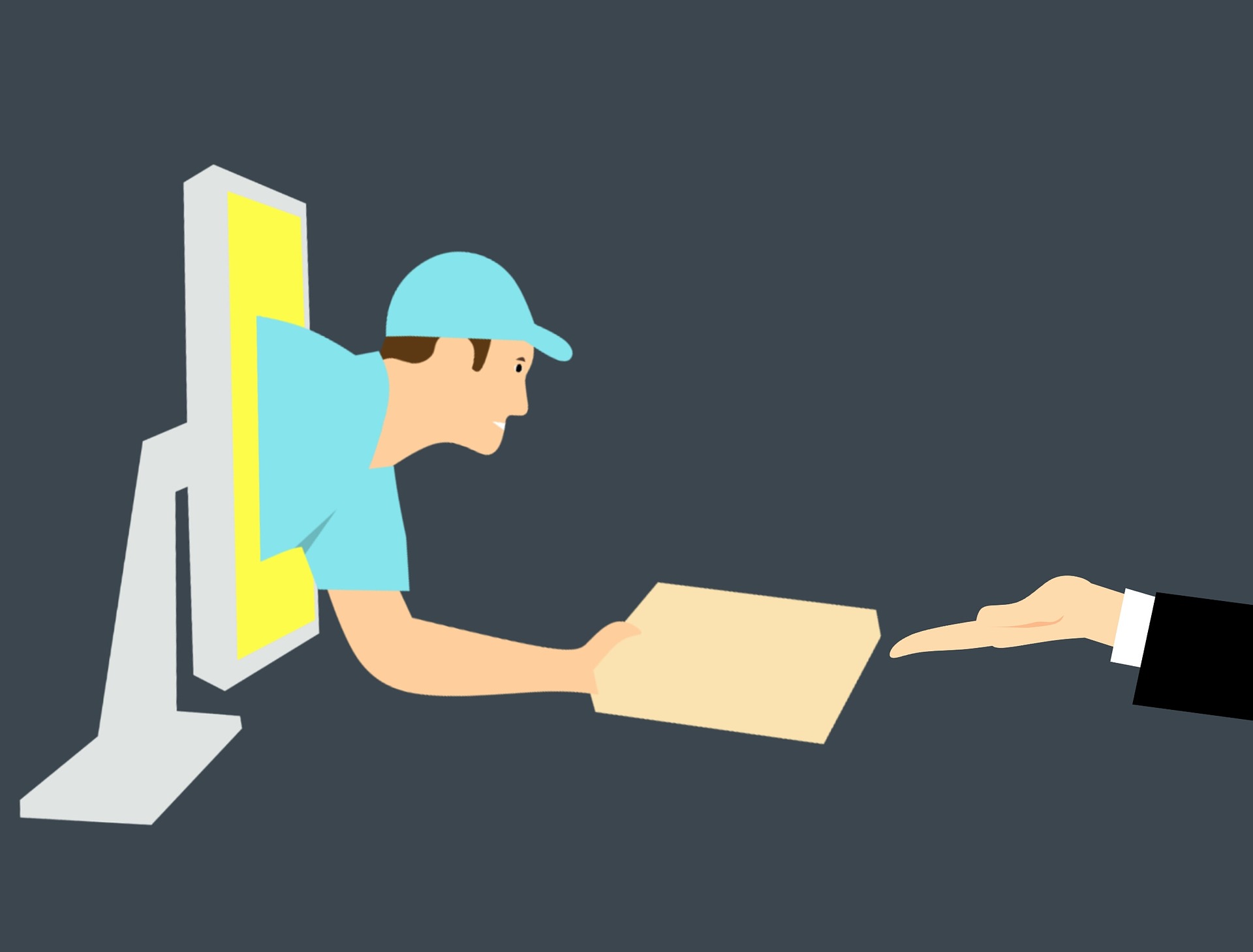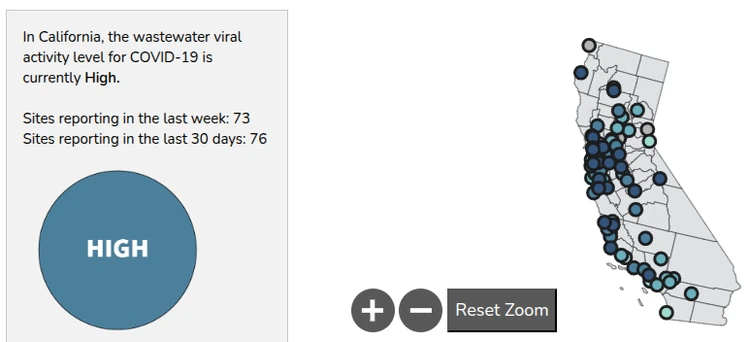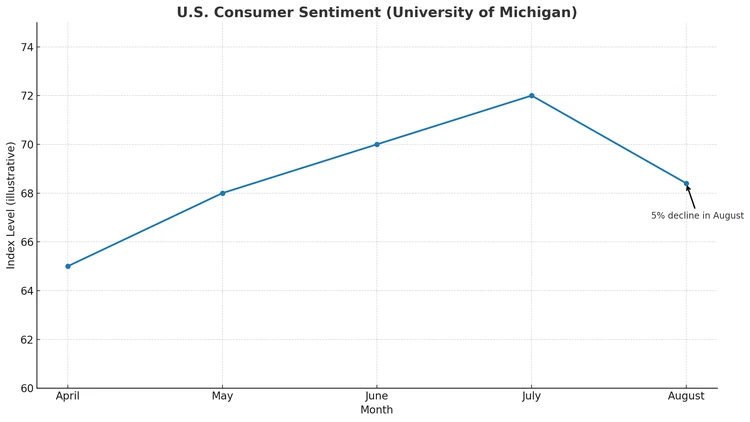Todays mortgage rates are normal - home prices are not
-
Homebuyers in major U.S. cities now face nearly half a million dollars in mortgage interest costs over a 30-year loan.
-
Americans homebuying power has dropped about 12% since 2005, with shrinking flexibility in what buyers can afford.
-
Nearly 8 in 10 first-time buyers have delayed purchasing due to high interest rates, with many saying homeownership feels out of reach.
For many Americans, the dream of owning a home is drifting further away, not just because of mortgage rates, but mainly because of home prices. During the pandemic, when mortgage interest rates fell to 3%, average home prices soared to record highs because of increased demand and because, with a 3% mortgage rate, the record high prices were affordable.
Since then, interest rates have returned to their historical average range, but home prices have continued to go up, costing homebuyers significantly more in interest payments. A new analysis by JW Surety Bonds finds that buyers in the nations 50 largest cities will pay an average of $489,898 in interest over the life of a standard 30-year loan at todays average rate of 6.89%.
That figure, which comes on top of already high purchase prices, means households are effectively buying two homes over time one for themselves and another for the bank. Even a modest dip in rates could ease the burden: at 6.5%, the typical buyer would save about $33,000 in lifetime interest, while a larger drop to 6% would cut nearly $75,000 from total costs.
But aside from higher interest payments, home prices in the first three years of the pandemic inflated dramatically. According to ATTOM DataSolutions, the median home price in 2019 was $258,000, which at the time was a record high. By 2022, the median home price had risen to $386,300, a nearly 50% increase in just three years.
Shrinking buying power
The study highlights a sharp decline in what Americans can afford compared to two decades ago. Since 2005, buying power in the top 50 cities has fallen by about 12%, meaning households earning the same income today can afford roughly $42,000 less home than they could 20 years ago.
Back then, a family making $100,000 a year with a 20% down payment could purchase a home priced $327,000 above the national median, leaving plenty of room for flexibility. Today, that cushion has shrunk to just $24,000, dramatically limiting options for buyers who want more space, better neighborhoods, or homes in move-in condition.
The trend accelerated in the last decade. From 2015 to 2020 alone, buying power in major U.S. cities fell by 30%, driven primarily by rising interest rates.
First-time buyers in limbo
The impact is perhaps most acute for first-time buyers, many of whom say they feel locked out of the market altogether. Nearly eight in 10 have postponed buying due to high mortgage rates. While some remain hopeful, 36% expect to wait at least three to five years before purchasing, and nearly a quarter say they may never buy at all.
Affordability expectations reveal a wide gap between reality and hopes. Almost one-third of potential buyers said they would only feel comfortable purchasing a home if rates fell to 3.5% or below. Just 9% said theyd buy if rates dropped to 6%. Fifteen percent of respondents with Gen Z leading the way at 19% said no rate would make homeownership affordable in their view.
Interest costs are another sticking point. About 23% of potential first-time buyers said the maximum theyd be willing to pay in lifetime mortgage interest is between $200,000 and $300,000, far below todays nearly half-million-dollar average.
Posted: 2025-08-18 00:56:12






















